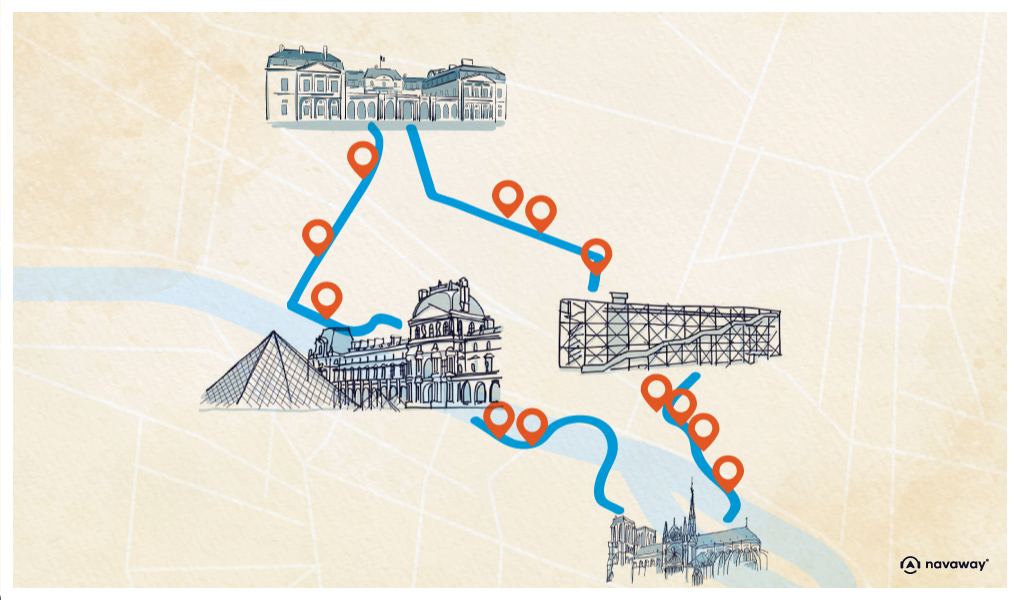
Notre-Dame Cathedral
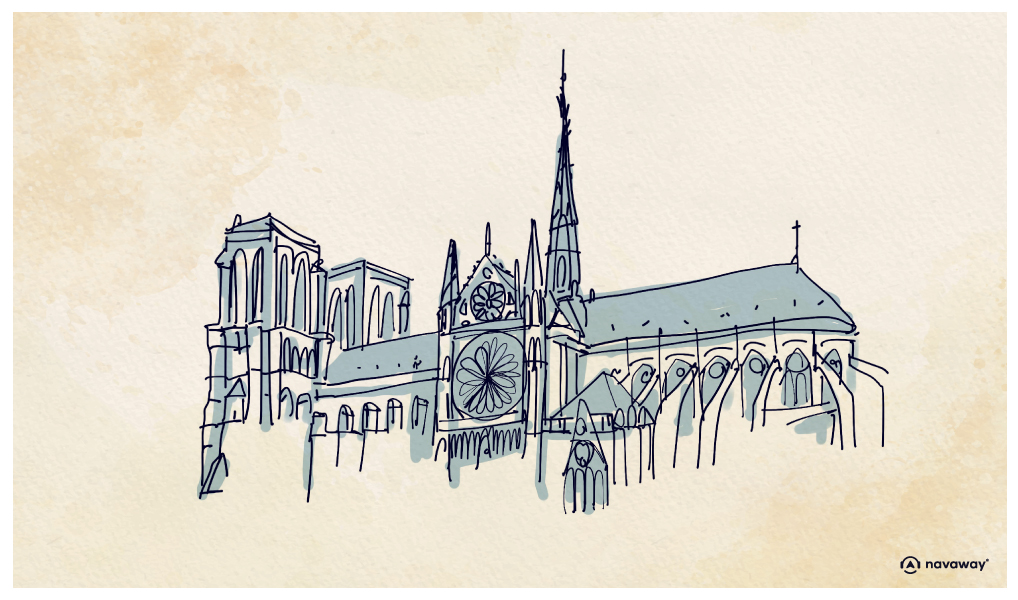
This point of interest is available as audio on the tour: Visit Paris, From the Mona Lisa to the Notre-Dame Cathedral
This is kilometer zero, also known as the zero mile marker. It’s from here, on the parvis of Notre-Dame, that all distances to French cities are measured. And it’s no coincide; there’s a reason we’re here. We’re in the birthplace of the city, in the very heart of Roman Lutetia. Facing the majestic Notre-Dame cathedral, you can’t help but admire its Gothic spire, which, after five years of renovation, once again rises proudly in the Parisian sky. Identical to the one designed in the 19th century by Viollet-le-Duc, it is now crowned by a golden cockerel, imagined as a phoenix, which, like the cathedral, rises from its ashes. Closed for restoration since the serious fire of April 15, 2019, it reopened its doors on December 08, 2024. But rest assured, this majestic cathedral, the seat of the Paris diocese, has weathered countless storms in its 800-year history. Its construction began in the late 12th century, but it’s believed that a pagan temple dedicated to Jupiter, king of the Roman gods, stood on this site as early as the 1st century AD. What we do know for sure is that by the 4th century, an early Christian church had taken its place. It was later transformed into a Merovingian basilica, a Carolingian cathedral and finally a Romanesque cathedral. Around 1160, Maurice de Sully, Bishop of Paris at the time, wanted to build a cathedral dedicated to the Virgin Mary, in keeping with the city’s rapid growth. It is estimated that the population doubled from 25,000 in 1180 to 50,000 around 1220, eventually reaching 200,000 in 1300, making it the largest medieval city in the West. De Sully sought to break free from the heavy, dark Romanesque style and embrace height and light instead. Perfect timing, as around the same time they invented pointed arches and flying buttresses. These allowed for high, thinner walls and larger windows that could be covered with immense stained-glass windows, flooding the interior with light. In 1163, Pope Alexander III blessed the first stone of the edifice, and 182 years later, after several generations of builders, this stunning Gothic cathedral was finally completed. During the French Revolution, the cathedral, like all other clergy property, was handed over to the nation and is still the property of the state today. It’s been plundered and desecrated time and time again, and was converted into a wine storehouse once Catholic worship was banned in 1793. Napoleon I, for his part, believed that religion could help maintain order and control the predominantly Catholic French population. He therefore became close to Pope Pius VII, and signed the Concordat of 1801. Catholicism was no longer the state religion. Bishops were chosen by the government, but were granted their religious powers by the Pope. They were paid by the State, as were the parish priests, and the Holy See gave up its claim to the property sold during the Revolution. This historic agreement remained in force until 1905, when France voted for the separation of Church and State, thereby granting religious freedom to its inhabitants. The cathedral was restored more or less to its former glory, and in 1804 it saw the coronation of Napoleon Bonaparte by Pope Pius VII. But as the years went by, the cathedral fell into such disrepair that they even considered razing it to the ground. Victor Hugo’s novel “The Hunchback of Notre-Dame”, published in 1831, sparked a renewed interest in the cathedral, and the latter was thankfully saved and restored. King Louis Philippe decided to launch a major renovation project, led by the architect Viollet-le-Duc, who added a spire and 54 gargoyles, reminiscent of the Middle Ages. The Notre-Dame Cathedral is a much-loved historic monument in France. It has been a major landmark in the country’s history, hosting the funerals of many presidents, including Charles de Gaulle, Georges Pompidou and François Mitterrand. It draws between 13 and 14 million visitors a year and is one of the country’s best-known monuments. In the wake of the fire of 2019, the world stood united in its support and even set in motion a remarkable fundraising campaign. Since the reopening, you’ll need to book a slot online to visit. But please note that access is free of charge, and a second dedicated queue is available if you don’t have a reservation. I’ll leave it to you to enter the sanctuary, admire its beautifully designed façade and stunning rose window, and look for the gargoyles and chimeras carved in stone.

Discover other tours to visit Paris

Discover Paris with app
An interactive guide through the most beautiful streets, squares, and districts
22 fun audioguides full of historical facts, anecdotes, and legends
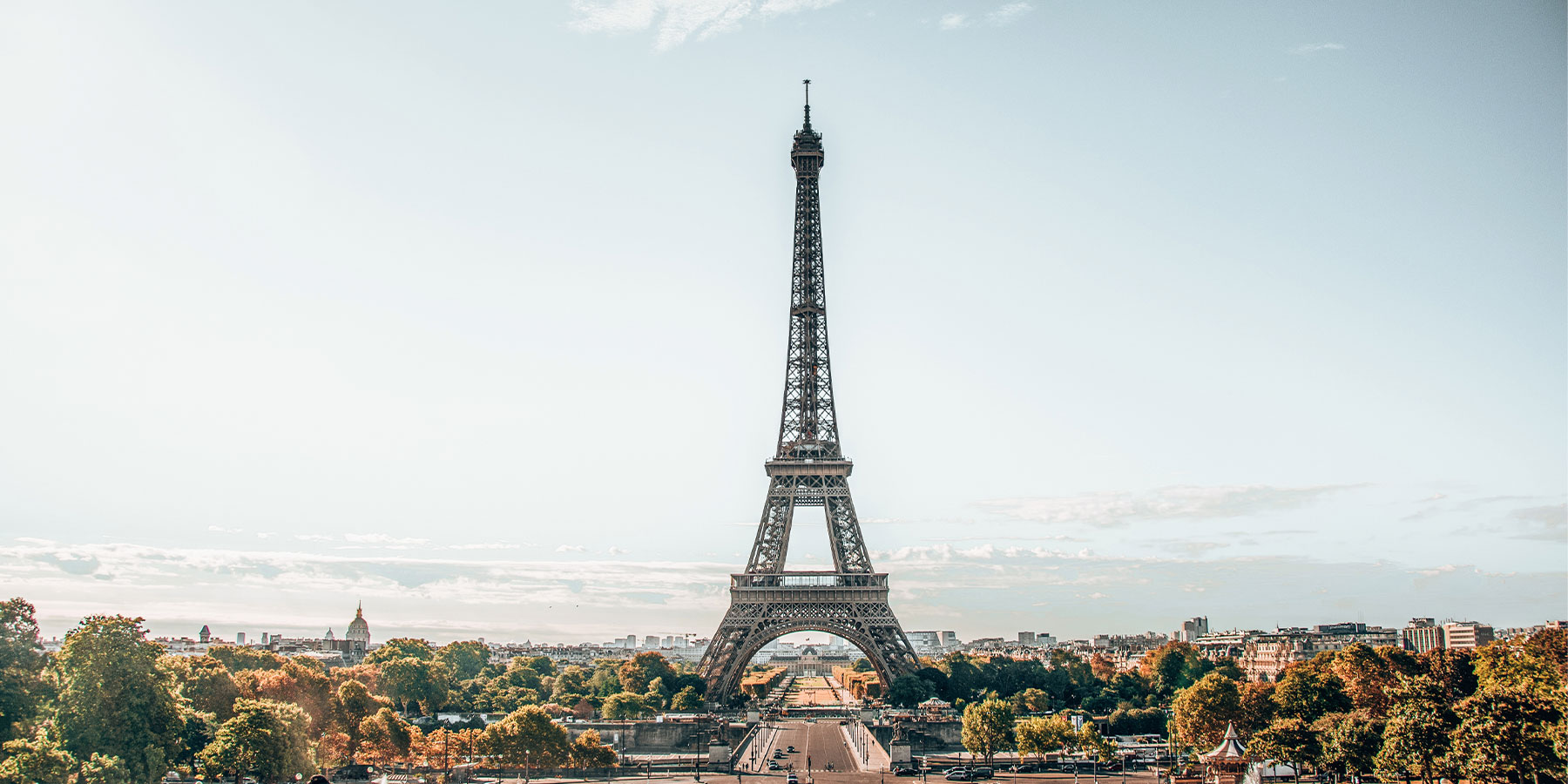
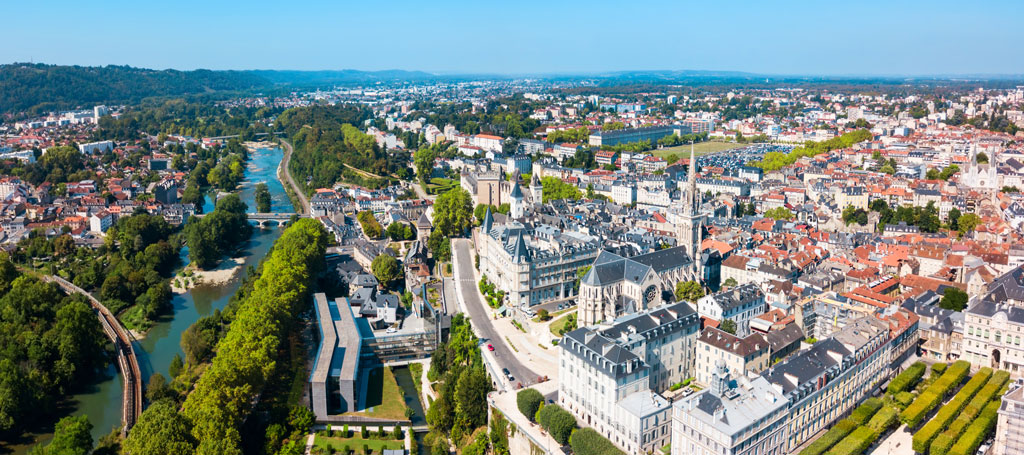
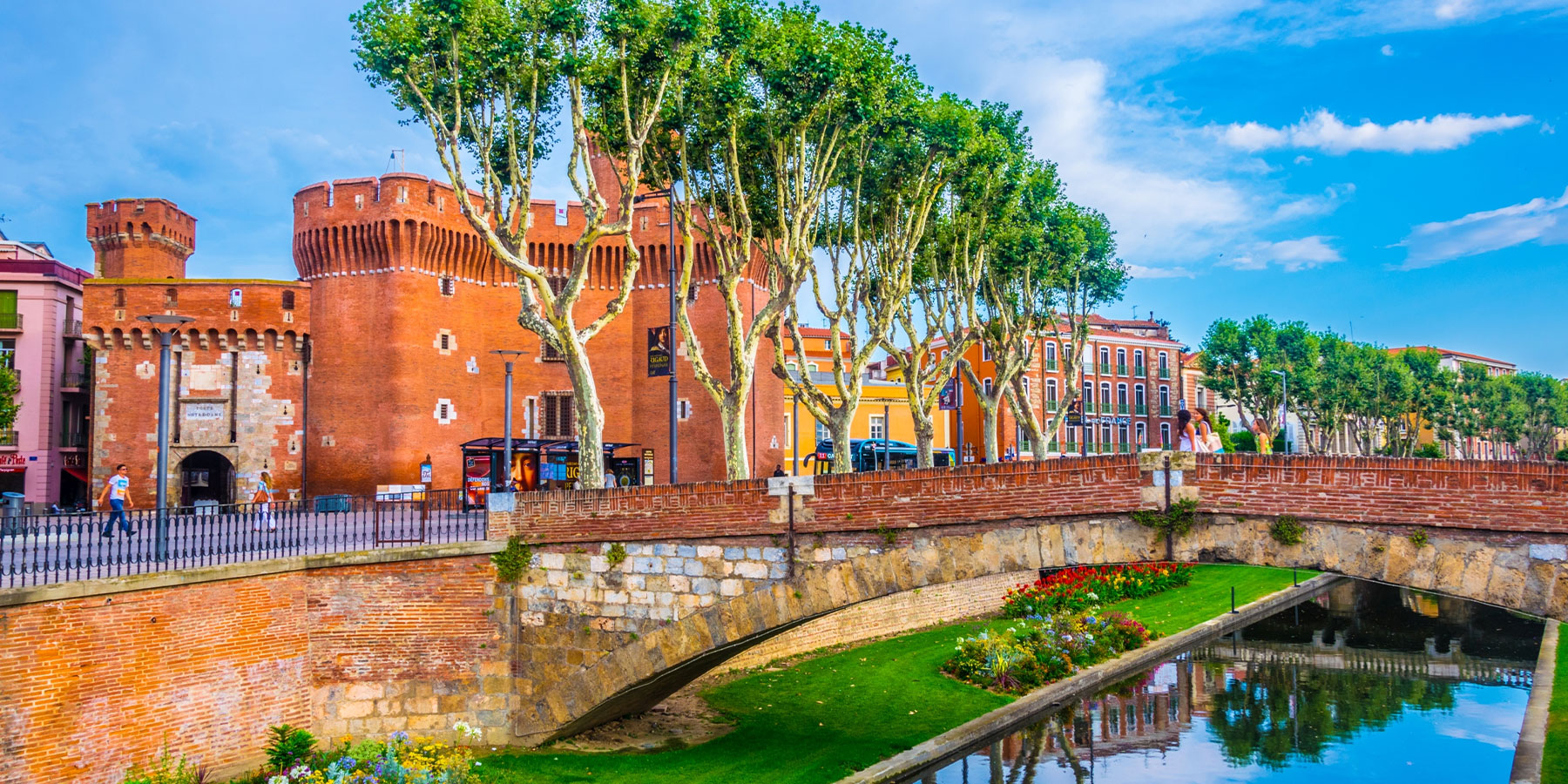
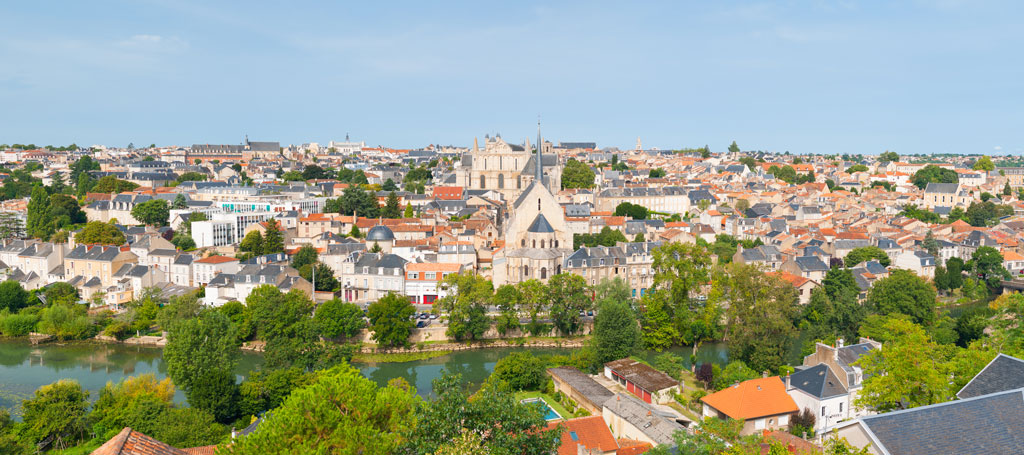
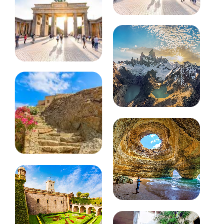

Comments